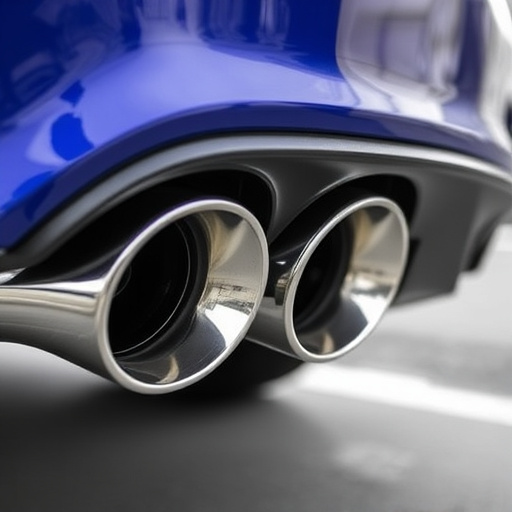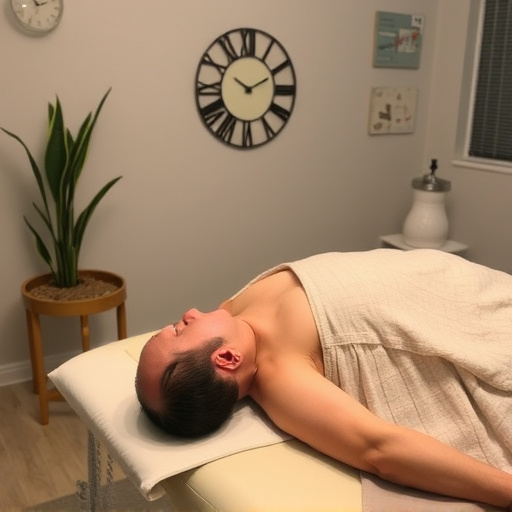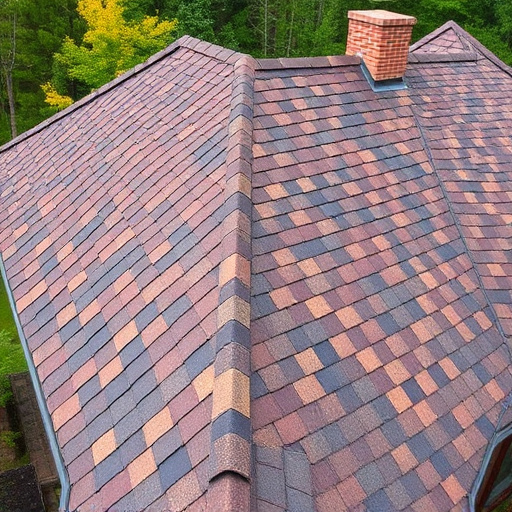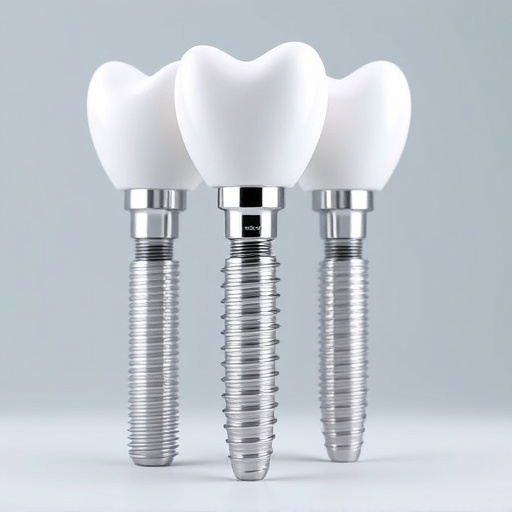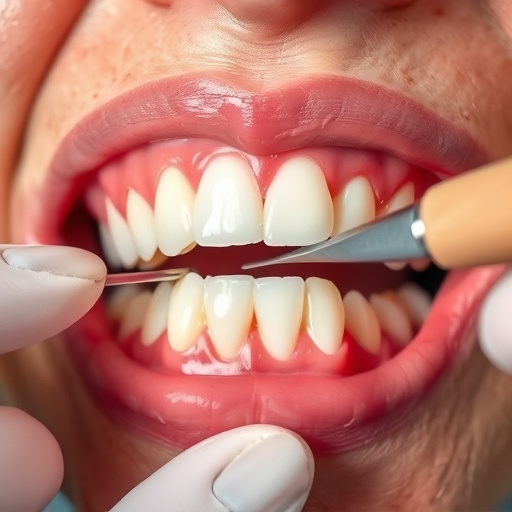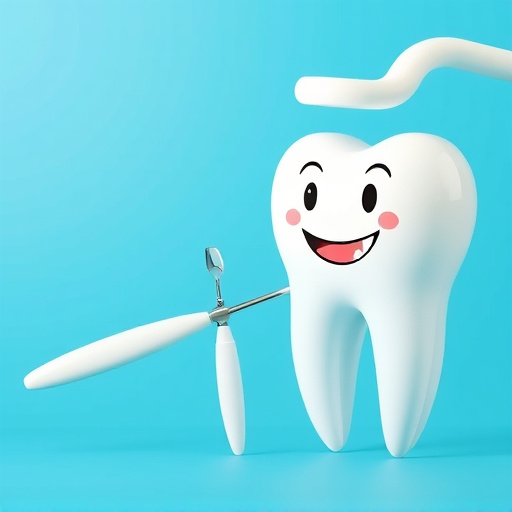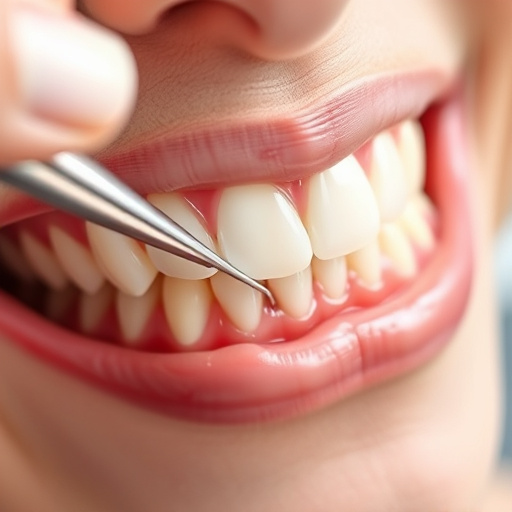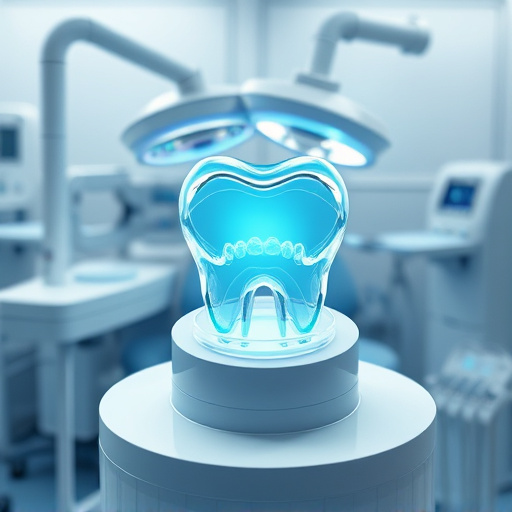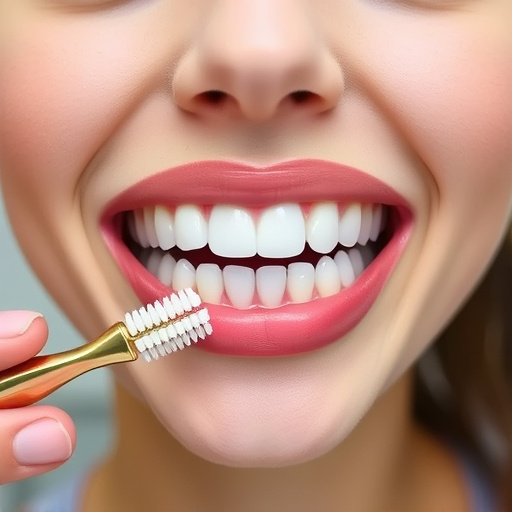Minimally invasive dentistry (MID) is a modern dental approach focusing on preserving natural tooth structure using advanced technologies like laser dentistry, digital imaging, and computer-aided design. It reduces incision size, minimizes tissue trauma, shortens recovery time, and enhances patient comfort for various procedures from cleaning to complex restorations. MID promotes routine oral exams and proactive dental health practices for all ages.
In today’s dental landscape, minimally invasive dentistry (MID) is revolutionizing patient care. This innovative approach prioritizes preserving tooth structure over extensive removal, enhancing comfort and boosting confidence. By leveraging modern technologies and techniques, MID offers precise treatments that mitigate pain, shorten procedures, and reduce anxiety. Understanding these procedures and their benefits empowers patients to make informed choices, fostering a more positive dental experience.
- Understanding Minimally Invasive Dental Procedures
- Benefits for Patients: Comfort and Confidence Boost
- Modern Technologies and Techniques in Minimal Intervention
Understanding Minimally Invasive Dental Procedures

Minimally invasive dentistry (MID) is a modern approach that prioritizes preserving as much natural tooth structure as possible while performing dental procedures. Unlike traditional methods, it focuses on using advanced technologies and techniques to reduce the size of incisions, minimize tissue trauma, and cut down recovery time. This innovative field combines expertise in general dentistry and preventive dentistry, ensuring patients receive safe, effective treatments with minimal discomfort.
MID encompasses a range of procedures from simple teeth cleaning and fillings to more complex restorations like crowns and implants. By employing techniques such as laser dentistry, digital imaging, and computer-aided design, dentists can accurately diagnose and treat dental issues while enhancing patient comfort and confidence. This approach not only improves the overall patient experience but also promotes better oral health in the long term.
Benefits for Patients: Comfort and Confidence Boost

Minimally invasive dentistry offers patients a significant comfort boost. Traditional dental procedures often involved extensive drilling and removal of healthy tooth structure, leading to patient anxiety and discomfort. However, with advancements in technology, minimally invasive techniques are now the norm. These methods prioritize preserving as much natural tooth tissue as possible, reducing overall procedure time and intensity. As a result, patients experience less pain, swelling, and sensitivity post-treatment.
This approach also enhances confidence by providing aesthetically pleasing results. Cosmetic fillings, for instance, can repair minor chips or decay without the need for extensive drilling. Similarly, cosmetic dentistry techniques, such as dental crowns, can be tailored to match the patient’s natural tooth color and shape, ensuring a seamless and confident smile. This focus on patient comfort and satisfaction is revolutionizing the dental experience.
Modern Technologies and Techniques in Minimal Intervention

Modern technologies and techniques have significantly enhanced the field of minimally invasive dentistry. This approach leverages advanced tools such as laser dental drilling, which allows for precise and gentle removal of tooth decay without the need for traditional chisels and drills. Additionally, digital imaging and 3D printing enable dentists to create customized treatment plans and restoration pieces that fit perfectly from the start.
These innovations not only improve patient comfort during procedures but also play a crucial role in preventive dentistry. By minimizing tissue damage and reducing recovery time, minimally invasive practices encourage routine oral exams and regular visits to family dentistry clinics. This proactive approach ensures optimal dental health for patients of all ages.
Minimally invasive dentistry is transforming the dental experience, prioritizing patient comfort and confidence. By employing advanced technologies and techniques, dentists can now perform procedures with less tissue removal, reduced recovery times, and enhanced precision. This approach not only minimizes discomfort but also promotes better oral health outcomes, making it a preferred choice for many patients seeking modern, effective, and gentle dental care.
